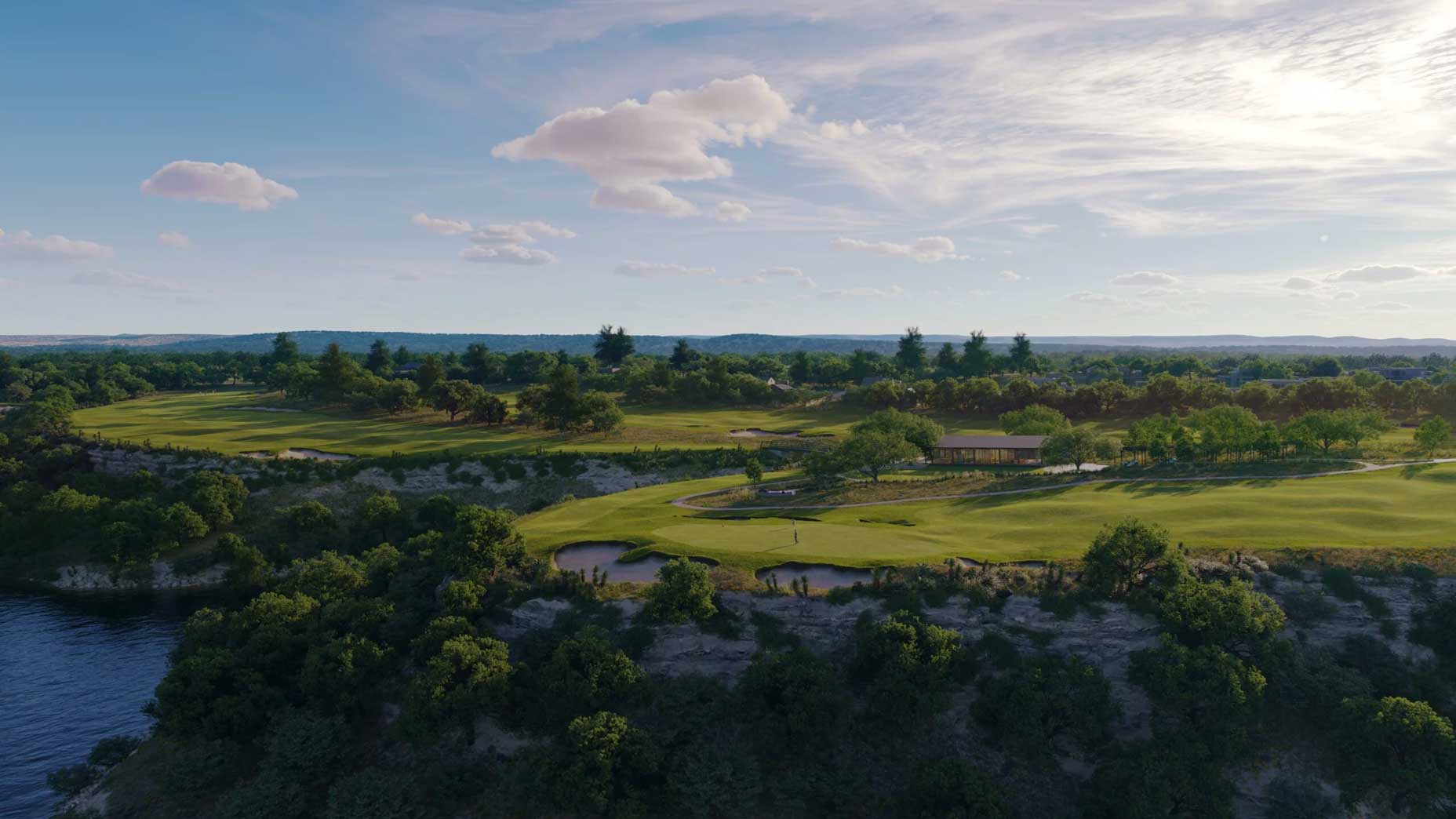Wildfire rages across Nebraska golf course, contained by fast-acting staff

Driven by high winds, the fire arrived quickly and left embers burning on the course for hours.
Michael Sheely
We’ve seen scorching performances before, but this was extreme
On Monday morning, when a fast-moving wildfire raged across the Sandhills of Nebraska, one of the landmarks in its path was GrayBull Golf Club, a soon-to-be completed course, tucked amid the dunes and prairie grasses, just east of North Platte.
Designed by David McLay Kidd, the course, which is part of the Dormie Network of private clubs, has all its holes grassed in and much of its infrastructure in place, including a clubhouse, 15 cottages and a party barn.
At around 10:30 a.m., GrayBull director of agronomy Michael Sheely, who was on site with several members of his crew, looked to the west and saw dark plumes rising over North Platte, some 15 miles away. According to radio reports, the blaze, which investigators believe was started by a lawnmower, was spreading quickly, whipped by winds of 40 to 50 miles per hour.
“We heard those first reports, and then suddenly the fire was only eight miles away,” Sheely says. “By noon, we could see flames.”
Fifteen minutes later, the fire had reached the course.
Before it arrived, Sheely instructed his team to turn GrayBull’s irrigation system on full blast. In this sense, the club was well-positioned. Instead of a satellite-based irrigation system, which relies on above-ground controls, Gray Bull had installed a system with an underground decoder, partly as a safeguard against wildfires. “If we’d had a satellite system,” Sheely says, “it would have gone up in flames.”
As sprinklers soaked the ground, Sheely, equipment manager Tyson Kramer and his wife, Katie, hitched box blades to tractors and drove them around the property, gouging fire breaks in the native grasses and around employee housing. Meantime, Ben Boehm, a volunteer firefighter who was working construction on the course, patrolled the property in a water truck, putting out hot spots that burned throughout the afternoon.
It was not until after 8 p.m that the last of the embers on the course were extinguished. As it swept across the property, the fire melted several tarps that had been laid over the greens as winter protection, and torched native grasses all around the course. From photos he’d seen, McLay Kidd said the course looked like “good barbecue — crispy around the edges.”
Added Sheely: “It torched everything right up to the edge of the fairways. But the golf course itself is untouched.”
The clubhouse and cottages were unscathed as well, along with other vital infrastructure. There was only minimal to drainage pipes and construction material. The course, Sheely said, remains on schedule for an August opening.
Once the course had been secured, Boehm took the water truck out to help support the surrounding community.
As of Tuesday evening, officials said the fire was 72 percent contained. By then, though, it had consumed more than 71,000 acres of land while destroying two houses and several other buildings. No deaths or serious injuries were reported.













